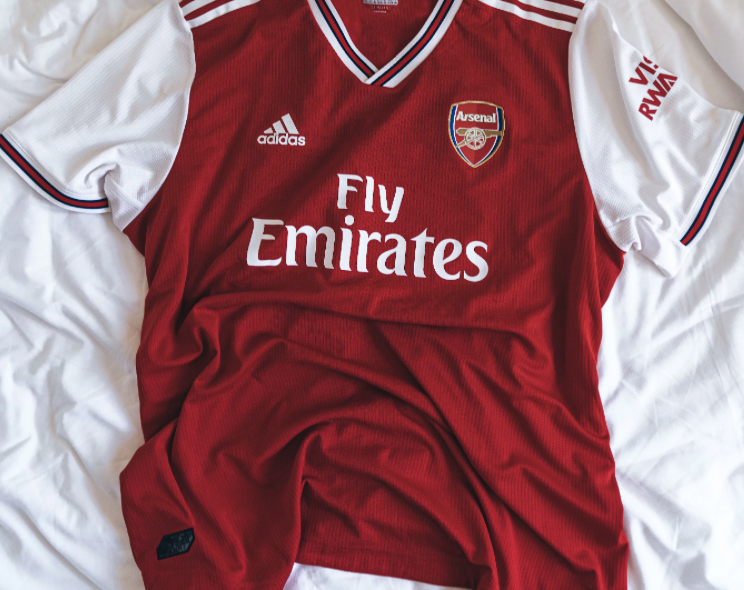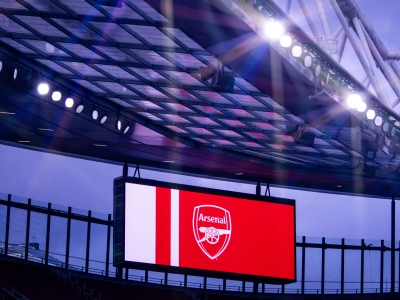For generations, avid fans supported sports teams, always there to cheer on their favorite players. Hence, entire communities formed as they shared a love for sports and a passion for connecting with others.
Nowadays, fan bases are some of the most important factors that drive a team’s success because they have the power to increase a community and spread awareness of the industry’s most renowned players. Sports like football, cricket, and field hockey have millions of fans worldwide who contribute to teams' fame by buying tickets to their games, purchasing merch, and sharing sports-related content on their social media profiles.
However, not all sports businesses benefit from such massive engagement, mainly when a new team has formed. So, there are a few ways to nurture genuine engagement and propel the players into the mainstream. Here’s how.
Approach sports betting
Sports betting is a great tool for boosting fan engagement and increasing viewership, and many teams have made licensing agreements with betting operators for additional income. Sports companies can leverage the services of a slots provider, for example, as it can ensure multi-channel and multi-lingual support for users worldwide. Reliable operators will also offer a consumer protection framework and ensure users benefit from fair play at all times.
It's best to verify the provider’s integrity to avoid match-fixing, which can happen if some bookmakers and sports bettors don’t respect the law. Similar incidents have occurred in the past, such as during the 1998 Tiger Cup or the 2012 Summer Olympics, when gambling was affected.
Regardless, there are many other options to consider, such as poker software, which creates a fun and competitive playing field for users who would like to compare poker hands with their favorite players.
Ensure digital traffic is peaking
Since this is the digital age, online engagement is a powerful tool for boosting a team’s popularity. Growing digital traffic can be done on websites, social media and app users, but choosing the best one should be done in accordance with data analysis research.
Information on the time spent on the teams’ social media or websites offers insight into the area that needs more attention from the marketing team. For example, if fans prefer engaging with social media posts through liking, commenting or sharing posts, it’s clear that a stronger marketing strategy could boost revenue.
Typically, fans spend their time in online communities on social media apps like Facebook or TikTok, so fun and informative content should help the company achieve its goal.
Know the fanbase by heart
Every sport’s fanbase is different, which is why a unique approach is necessary for engagement. For example, there are various types of football fans, from club loyalists and icon imitators to FOMO followers and main eventers. Club loyalists are long-term fans and are emotionally invested in their clubs, while main eventers have a lower engagement frequency as they only participate in big matches and tournaments. Therefore, every audience segment needs different online and offline approaches.
Learning more about a particular fanbase requires the following:
Quantitative and qualitative market research;Data from social media and websites;Fan feedback through fan apps;Analysis of public data;
Of course, every research conclusion must be taken with a grain of salt because studios don’t always fully consider every fan’s opinion and beliefs.
Find the most appropriate interaction strategy
Luckily, there are numerous channels and ways to interact with sports fans, especially with the help of social media. Ideally, choosing digital channels is best for spreading across various audience segments, but it’s best not to limit to social media only and approach the following:
Over-the-top media services that stream sports content;Mobile apps that are easy to use and free to download;Websites that provide valuable information for fans;Email newsletters that offer the latest news about one’s favorite team;Podcasts where famous players can be invited;Gaming console collaborations;Television ads and shows;
Most fans prefer watching matches and games on screens, whether on TVs or streaming platforms on laptops and mobile phones. At the same time, many use mobile apps for various fan-related activities.
To enhance media coverage, sports companies could use gamification, AI-generated content, and AR or VR to enhance people’s experiences of engaging with players or sustaining their fan tasks.
Improve the engagement goal
Although having one important goal to achieve is important, change is essential for remaining relevant in the saturated market. There are so many football teams that gaining visibility might be difficult, which is why improving the end goal is vital for the player’s support.
While growing revenue is a common goal, attendance must also be considered. The objective is not adequately assessed if communities engage with businesses and players online but are not present in offline tournaments and games. Therefore, growing attendance should be achieved by engaging with people personally at sporting events, whether it’s done by managers or sportsmen themselves. Building such a relationship makes people want to repeat the experience and become loyal fans.
At the same time, gaining new fans is also a thriving target for companies because it helps expand visibility and bring more people into the game community. However, gaining new fans is obsolete if retention is low, so tracking current active fans and finding strategies to maintain them for longer is critical.
Improving the team’s image through adequate PR also contributes to creating a brand image that speaks to people and makes them continue to support players. Media monitoring findings and brand awareness results can help considerably.
What do you think about starting a sports business?
Every sports team we see on the internet or at offline matches is backed by a massive team of PR and managers who try to gain attention to the team’s performance and skills. Such businesses aim to create supportive communities that engage with players and related content so that the team can reach new heights and become more competitive. Therefore, these goals can be achieved by having a strong media presence, getting to know the fanbase well, and constantly seeking new objectives.








